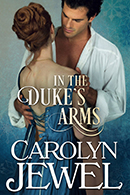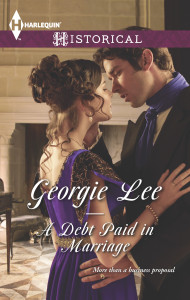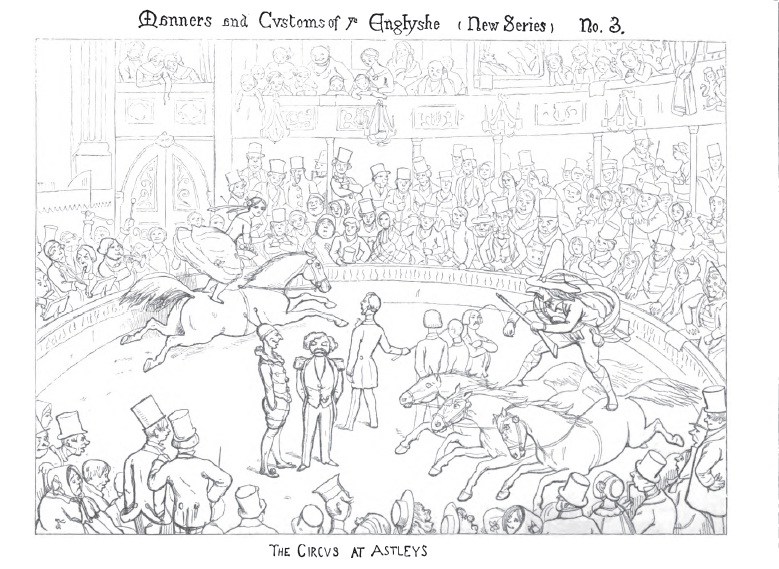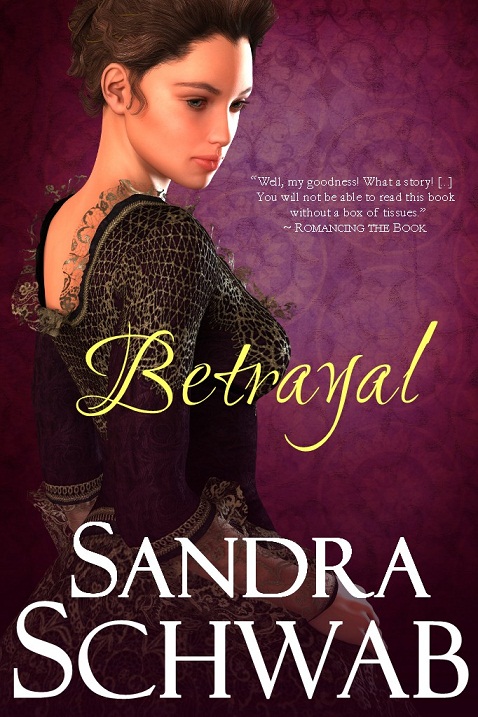 February 3 was the release date for the third Kate Haywood Elizabethan Mystery, Murder in the Queen’s Garden! I loved writing this one–summer at beautiful Nonsuch Palace, alchemy, dancing, courtly skullduggery…
February 3 was the release date for the third Kate Haywood Elizabethan Mystery, Murder in the Queen’s Garden! I loved writing this one–summer at beautiful Nonsuch Palace, alchemy, dancing, courtly skullduggery…
To celebrate, I’m taking a look at why I love this time period so much–and giving away a signed copy to one commenter…
I’ve been fascinated by the Elizabethan age for as long as I can remember! When I was a kid, I would read everything I could find about the period—romance novels, thick history books I could barely lift off the library shelf, Shakespeare plays, and bawdy poetry I couldn’t really figure out, but I liked the weird words such as “fie, away, sir!” and “z’wounds!” I dressed up as Anne Boleyn for a fifth grade book report, and spent days watching videos like The Six Wives of Henry VIII and Elizabeth R.
That’s what I love the most about writing the adventures of Kate Haywood—getting to live at the court of Queen Elizabeth, losing myself in that world and seeing I through Kate’s eyes, but then returning to my cozy house with running water and electricity! (I do love the 16th century, but not really enough to want an open sewer running down the middle of my street, or cooking a roast over and open fire while trying not to set my petticoats on fire…)
Kate is a young lady with many interests. She is the queen’s favorite musician, a performer and composer, as well as the catcher of villains who try to harm the new queen. She finds herself in the very midst of all the excitement of the day, and in vicariously living her life I get to be there, too. A bit like the archaeologist I wanted to be when I was a kid, before I realized how dusty the job would be!
So—what are some of my favorite things about Queen Elizabeth and her world?
- There were so many strong, fascinating women in charge! Not just Elizabeth herself (who overcame a lonely, dangerous upbringing to become the most famous monarch in English history), but her mother and stepmothers, Mary Queen of Scots and her mother Marie of Guise, Catherine de Medici and Diane de Poitiers, and so many others)
- The wondrous explosion of the creative arts, especially theater, music, and poetry (Shakespeare, Marlowe, Sidney, Spencer, to name just a few)
- The Age of Exploration. Men willing to pack themselves into tiny wooden boxes and launch across the oceans to find lands that might or might not be out there. That’s amazing to a homebody like me!
- The advances in science and medicine
- And, because I am a girly-girl, the clothes! This isn’t the era whose fashions I would most want to wear myself (that would be the Regency—high waists and lighter corsets!), but the fashions of the Elizabethan era are so fascinatingly elaborate, with lovely fabrics and colors, intricate embroidery and lace ruffs. (for a closer look, Janet Arnold’s wonderful Queen Elizabeth’s Wardrobe Unlock’d is a great source)
- The architecture. Places like Hardwick Hall and Hampton Court, and Nonsuch Palace (which is gone now, but which Kate gets to explore in Murder in the Queen’s Garden!) are amazing settings for royal shenanigans!
For more “behind the book” info on Kate Haywood and her adventures, you can visit my website at http://amandacarmack.com! I’m also on Facebook and spend way too much time on Pinterest.
What is your favorite time period? Where would you visit if you had a time machine???








